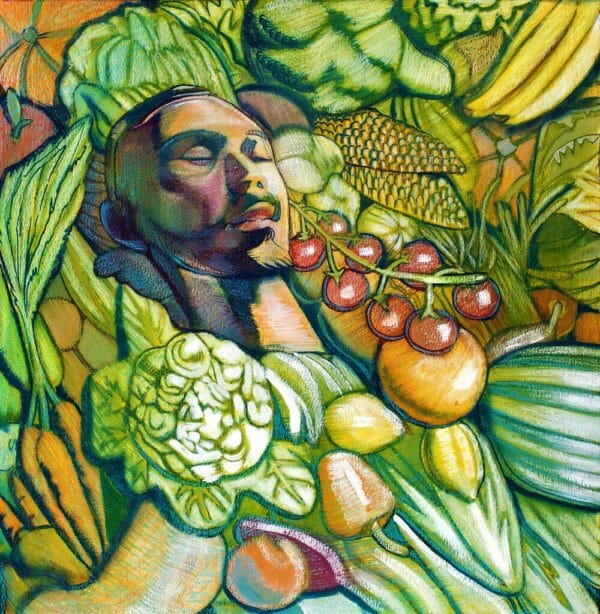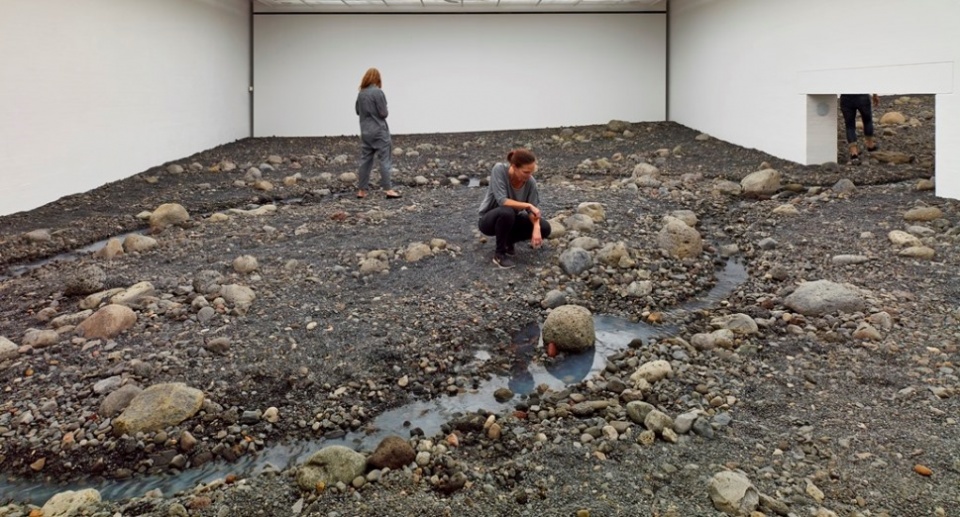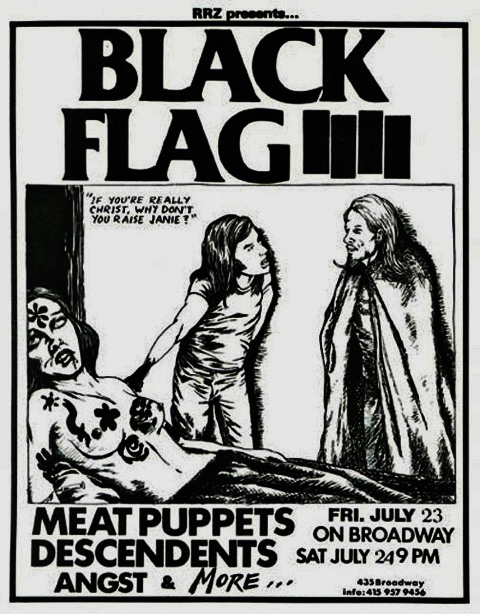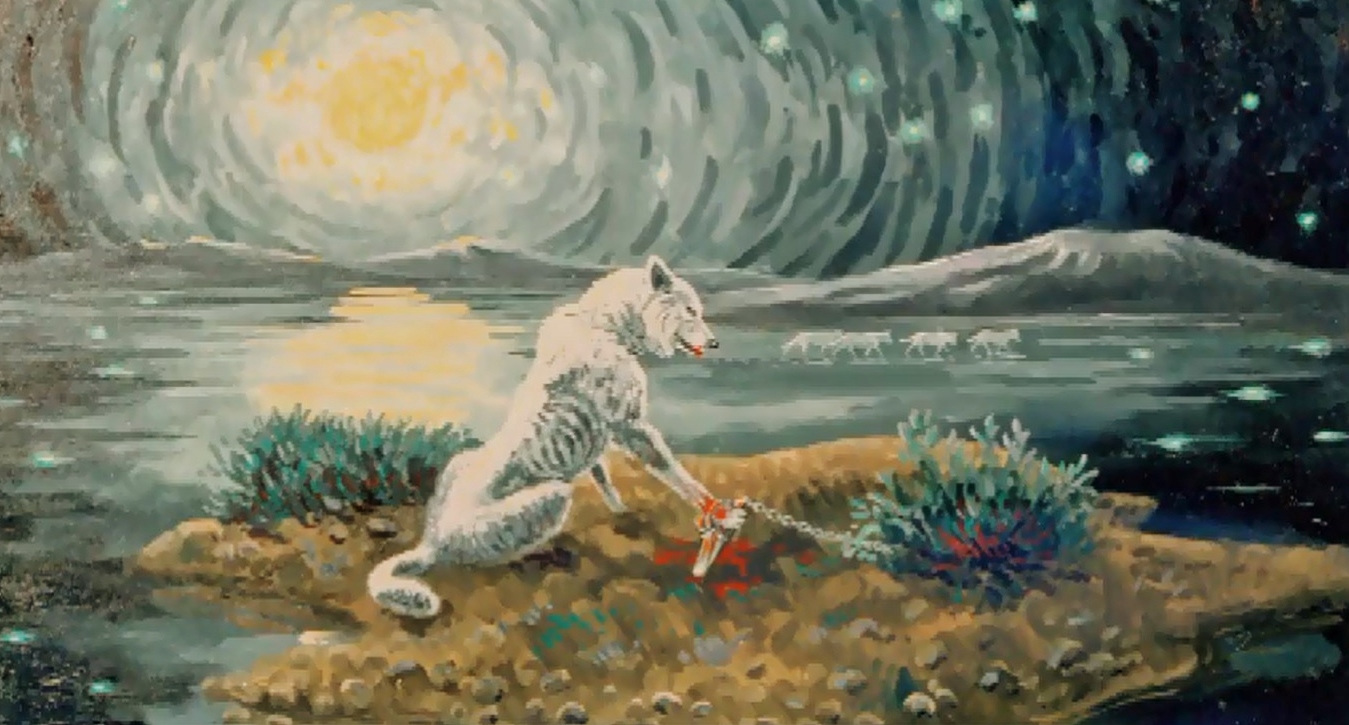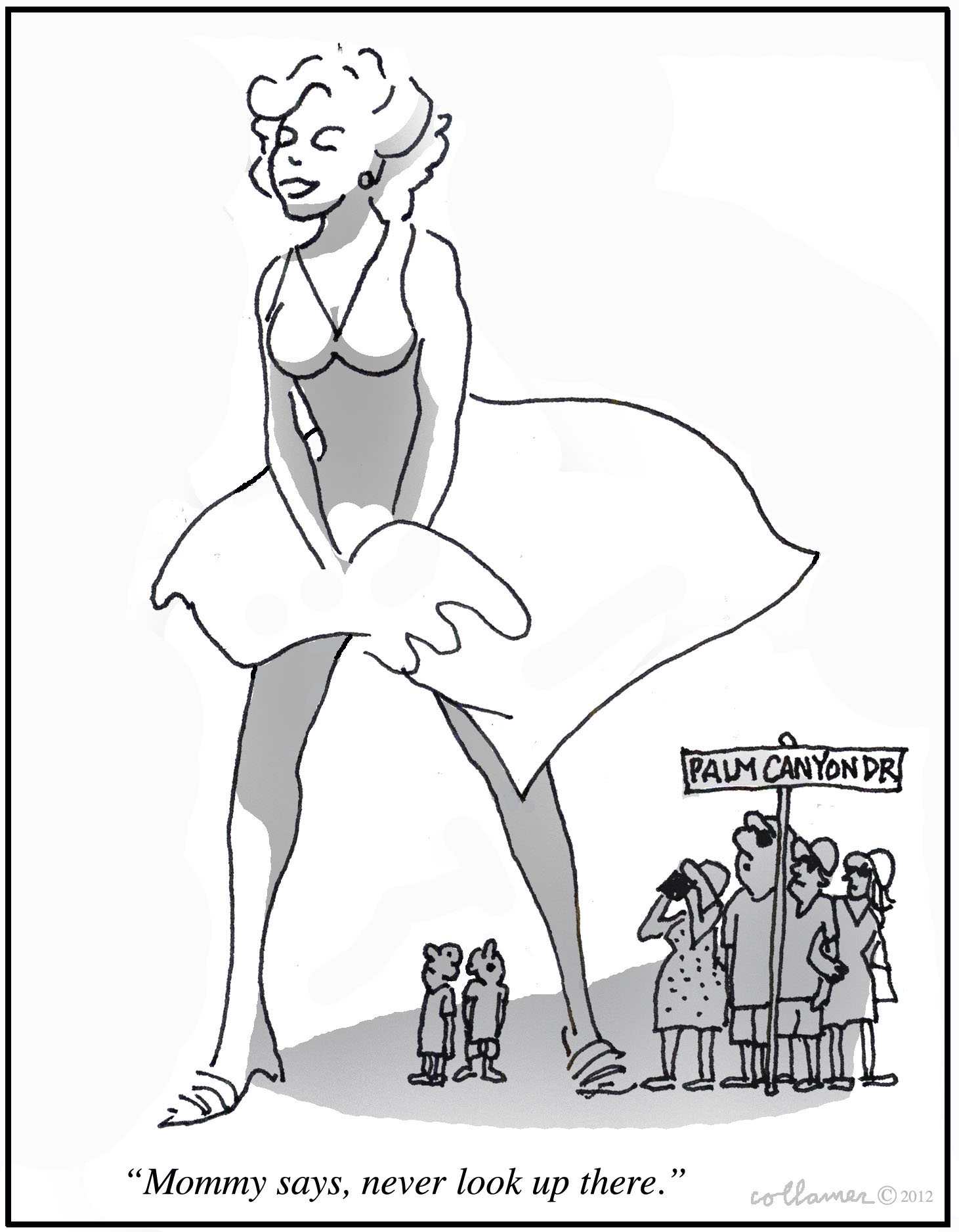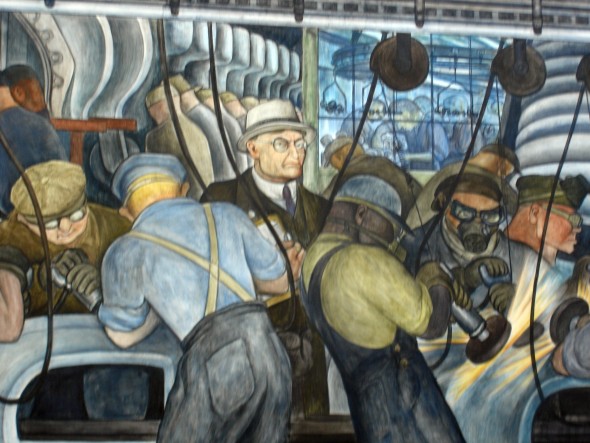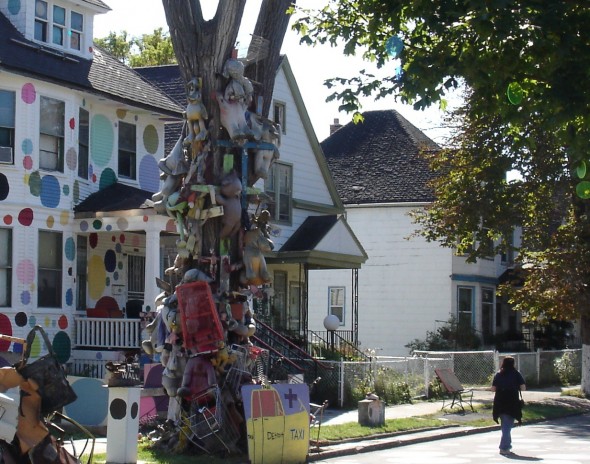Tune in to EcoJustice Radio’s 100th Episode with public artist Miles Lewis as we dive into why Queer Ecology is vital to climate and social justice movements.
Tag: public art
Public Art and the Psyche: Olafur Eliasson on Cities
“City planning has been way too pragmatic for a long time.” So says Danish-Icelandic artist Olafur Eliasson, who creates artistic environments that break down the industrial expanse of cities with faux-natural elements, hot sun, waterfalls, rivers, and take over the senses of their spectators.
Art of Black Flag: Angst and Rebellion Symbolized
Punk Rock: the thrashing, slamming, moshing…and the art. First you smash all the institutions, but then find the institutions have enshrined you. Here is a history of Black Flag told through the mesmerizing and beyond-satirical art of Raymond Pettibon.
The Art of Bill Ohrmann: Montana Rancher, Voice for the Wild
Drive into the wide open landscape beyond Drummond, Montana, set on an old cattle farm amid a twelve-foot polar bear and wooly mammoth sculptures, you’ll find Bill Ohrmann’s museum and gallery—and a lifetime’s worth of commentary captured in his paintings.
26-Foot Marilyn of The Desert
On the Plaza of American Life, where does 26-foot Marilyn stand? For now, she’s straddling Palm Springs tourists. Is she this years’ ceramic pink flamingo replacement, soon to be on everyone’s front lawn? Let’s hope so. America’s new moral umbrella is Monroe’s revenge. Oow, some do like it hot.
Diego Rivera and the Fall and Rise of Detroit
Viewed today, Rivera’s “Detroit Industry” murals might have prefigured Detroit’s downfall, but also envision a renaissance. It harkens to the earth, the races living and working in harmony, where sections of the city have been cleared of distressed neighborhoods and allowed to regrow with food crops, grasses and trees.
Detroit Heidelberg Project – Renaissance Through Urban Art
An urban conceptual art installation called The Heidelberg Project, named after its street location in the formerly central core of Detroit, Michigan, transforms a neighborhood first devastated by the 1967 riots, plagued by unemployment, poverty, financial redlining, racial segregation, then abandoned, burned, and largely demolished but for a few homes set among open grassy fields.

